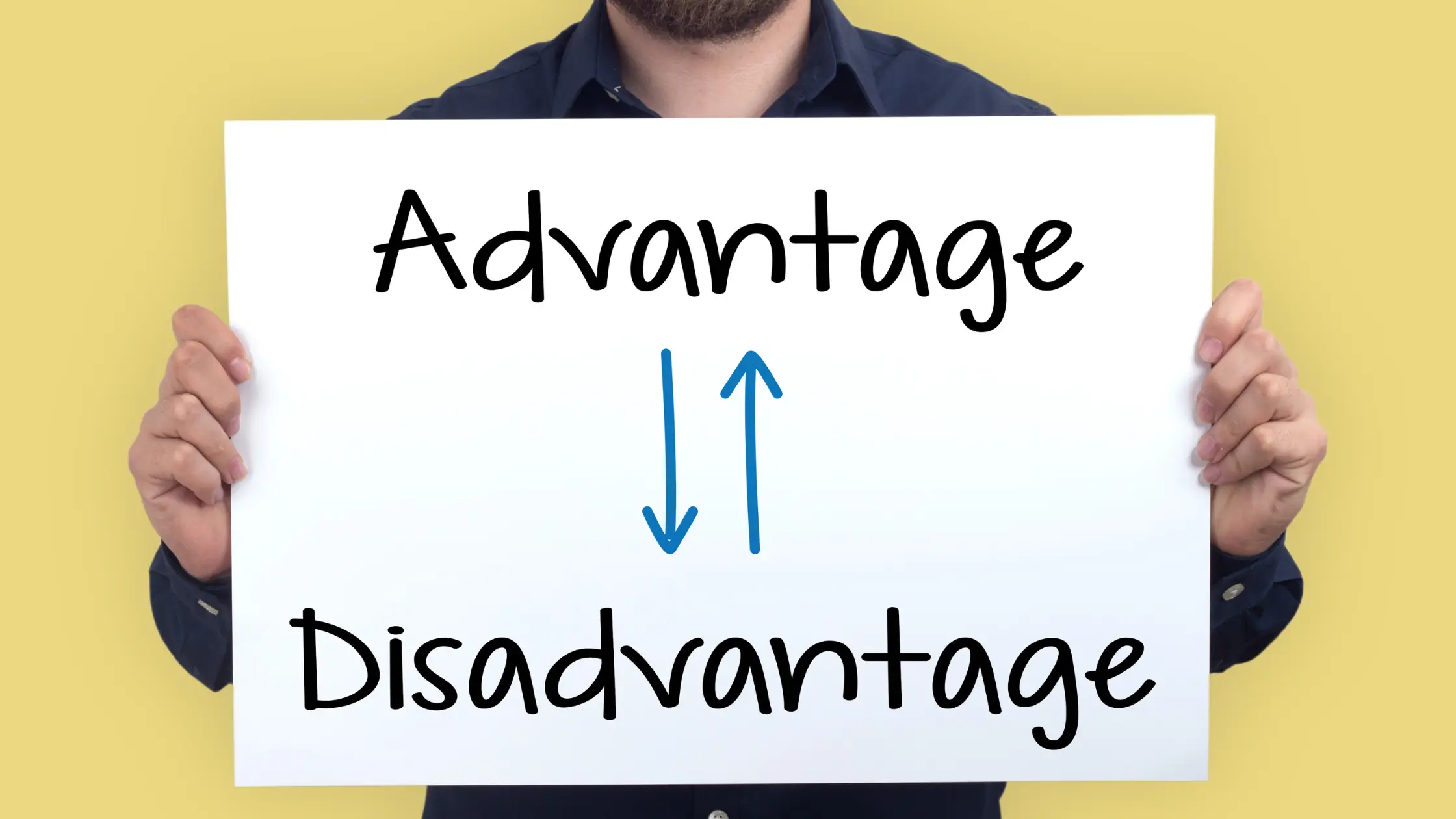Introduction
Microinsurance refers to insurance products that provide protection to low-income populations who traditionally lack access to mainstream commercial and social insurance schemes. By providing affordable insurance to underserved markets, microinsurance aims to help mitigate risk and reduce vulnerability.
Microinsurance policies offer coverage for common risks faced by low-income households such as illness, injury, death, property damage, weather-related events and loss of income. Policies are designed to be affordable, with premiums as low as a few dollars per year, and benefits scaled to meet the needs of the low-income market.
While microinsurance has many potential benefits, there are also some drawbacks and limitations to consider. This article will examine the key advantages and disadvantages of microinsurance products and services.
Advantages of Microinsurance
Provides Financial Protection for the Poor
One of the main goals of advantages and disadvantages of microinsurance is to provide a safety net and protection against risks for low-income households. Having insurance coverage helps reduce anxiety and provides peace of mind. In the event of an emergency, insurance payouts can help prevent a household from falling further into poverty. Microinsurance enables poorer households to leverage their limited income and assets.
Promotes Inclusion in the Formal Insurance Sector
Microinsurance brings affordable coverage to populations that would otherwise have limited access to insurance products. This promotes greater financial inclusion and formally integrates underserved groups into the broader insurance system. With an insured status, low-income households gain a level of legitimacy and recognition within the larger formal economy.
Supports Broader Economic Development Goals
By stabilizing incomes and providing a safety net for the poor, microinsurance can promote economic development in emerging markets. With insurance coverage, households may be more willing to engage in entrepreneurial activities, invest in assets and education, and borrow money, helping drive broader economic growth. Microinsurance also supports aid organizations and NGOs focused on poverty alleviation.
Leverages Community Resources and Relationships
Microinsurance programs are often delivered through existing community groups and microfinance institutions which facilitates education, enrollment, premium collection and claims administration. This leverages local resources and relationships for greater coordination and lower distribution costs.
Promotes Risk Management Behaviors
One benefit of microinsurance is that it increases awareness of risks and vulnerabilities among low-income households. The need to pay premiums prompts discipline and careful financial planning. Submitting claims requires proper documentation which encourages prudent record-keeping. This supports positive risk management habits.
Disadvantages of Microinsurance
Limited Risk Coverage
Microinsurance policies provide limited coverage, focusing only on major risks relevant to low-income households. Policy caps and exclusions apply which means claimants may only receive partial compensation. There is limited support for losses that threaten subsistence like missed wages. Coverage gaps remain for vulnerable groups.
Low Profitability for Insurers
Providing small policies and scaling operations down for low premiums and limited benefits translates to low profit margins for insurers. Many rely on subsidies and grants to sustain microinsurance initiatives. Lack of profits could deter insurers from entering the microinsurance market.
Weak Legal Frameworks
Regulatory environments in many developing countries lack microinsurance-specific legislation. This creates uncertainty around policies and operations. Weak legal frameworks also provide limited protection to consumers regarding policy issuance and claim settlements. Lack of regulation exposes consumers to potential exploitation.
Low Loss Ratios
Loss ratios represent claims divided by premiums collected. Many advantages and disadvantages of microinsurance programs suffer from very low loss ratios, often less than 40%. This indicates the protection offered may be far less than the premiums collected, limiting actual benefits to households. Low loss ratios can be due to product design flaws or lack of trust in the system.
Limited Data for Actuarial Analysis
Data limitations pose challenges for pricing products and setting accurate premiums. Low-income groups often work in the informal sector making it difficult to determine risk levels and income. Lack of long-term historical data means products cannot be priced based on robust actuarial analysis. This exposes insurers to pricing and sustainability risks.
Weak Institutional Capacity
Many organizations providing micro insurance lack expertise in product design, underwriting, claims management and actuarial analysis. Weak institutional capacity affects efficiency and service delivery. Poor administration can undermine trust from consumers. Building technical capacity across the microinsurance ecosystem remains an ongoing challenge.
Low Health Insurance Usage Rates
While micro health insurance products are growing, utilization rates remain low. Barriers like lack of understanding of insurance, low perceived value, and burdensome claim processes limit usage. This lowers benefits to households and affects the viability of programs. Unless utilization rates increase, the advantage of financial protection for health risks will be limited.
Resistance to Formalization
Transitioning informal financial mechanisms to regulated insurance can face resistance. Some low-income households prefer existing community arrangements that rely on relationships, flexibility and reciprocal contributions. They may resist formal contracts and processes unless strong value is demonstrated. Striking the right balance is key for adoption.
Conclusion
Microinsurance offers important protection benefits to underserved low-income households along with supporting broader economic goals. However, limitations around risk coverage, profitability, legal frameworks, loss ratios and capacity suggest continued evolution is needed. The advantages may also take time to materialize given the general lack of insurance awareness and familiarity with formal financial services among the poor.
Careful product design, efficient operations, education, delivery channels and regulatory support will be key to addressing the disadvantages. Despite challenges, advantages and disadvantages of microinsurance represents an important step towards greater financial inclusion and income stability for the poor. Ongoing innovation and research into usage patterns, consumer preferences and obstacles will help deepen understanding of its pros and cons in practice.
FAQ
Q1: What is microinsurance, and how does it work?
Microinsurance is a type of insurance that provides coverage to individuals with low income or limited resources. It typically offers small, affordable premiums and low coverage limits tailored to the specific needs of policyholders. Microinsurance works by pooling the contributions of many policyholders to create a fund that can be used to provide financial assistance in the event of specific risks, such as illness, accidents, or crop failure.
Q2: What are the advantages of microinsurance?
The advantages of microinsurance include affordability, accessibility to underserved populations, and the ability to mitigate financial risks for low-income individuals. It provides a safety net for policyholders in case of unexpected events, promotes financial inclusion, and can contribute to poverty reduction by preventing catastrophic financial losses.
Q3: What are the disadvantages of microinsurance?
Some disadvantages of microinsurance include limited coverage, potential administrative challenges for insurers, and the need for a large customer base to sustain the risk pool. Additionally, policyholders may face complex claim procedures or limitations on coverage, and not all risks may be covered under microinsurance plans.
Q4: Are there different types of microinsurance?
Indeed, various needs have different types of microinsurance tailored to them. Common types include health microinsurance, life microinsurance, agricultural microinsurance, and property microinsurance. Each type addresses specific risks that policyholders may face, such as medical expenses, death benefits, crop loss, or damage to property.
Q5: How can I access microinsurance services?
You can access microinsurance services through various channels, including microfinance institutions, cooperatives, non-governmental organizations (NGOs), and sometimes through mobile platforms. These organizations typically partner with insurers to offer microinsurance products to individuals and communities with limited access to traditional insurance services.




